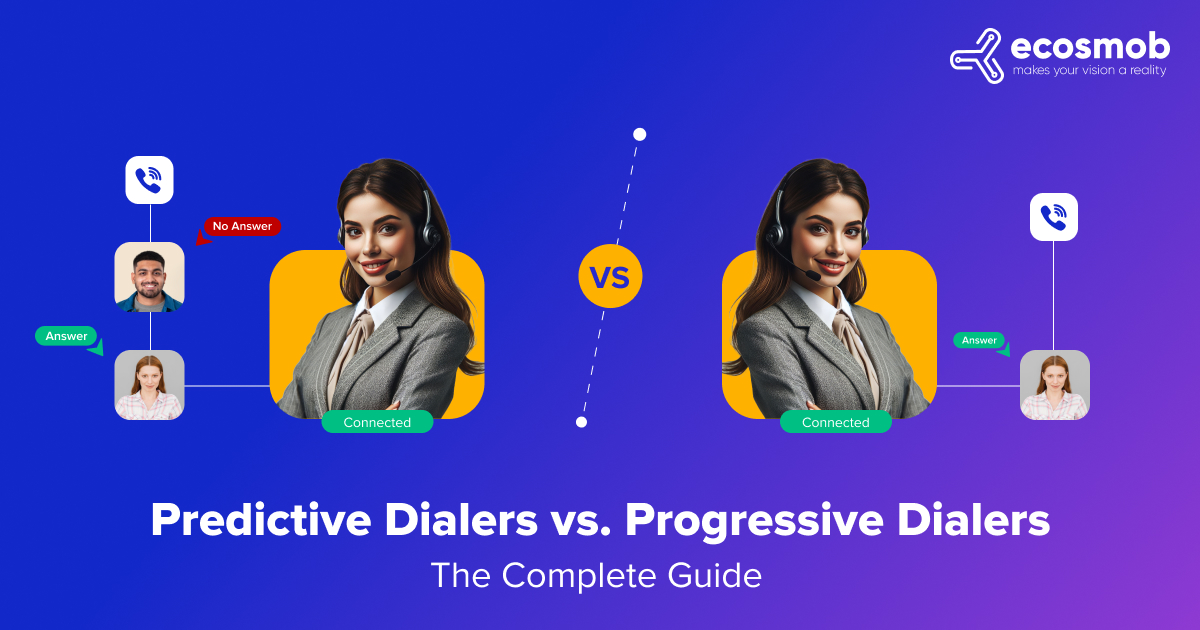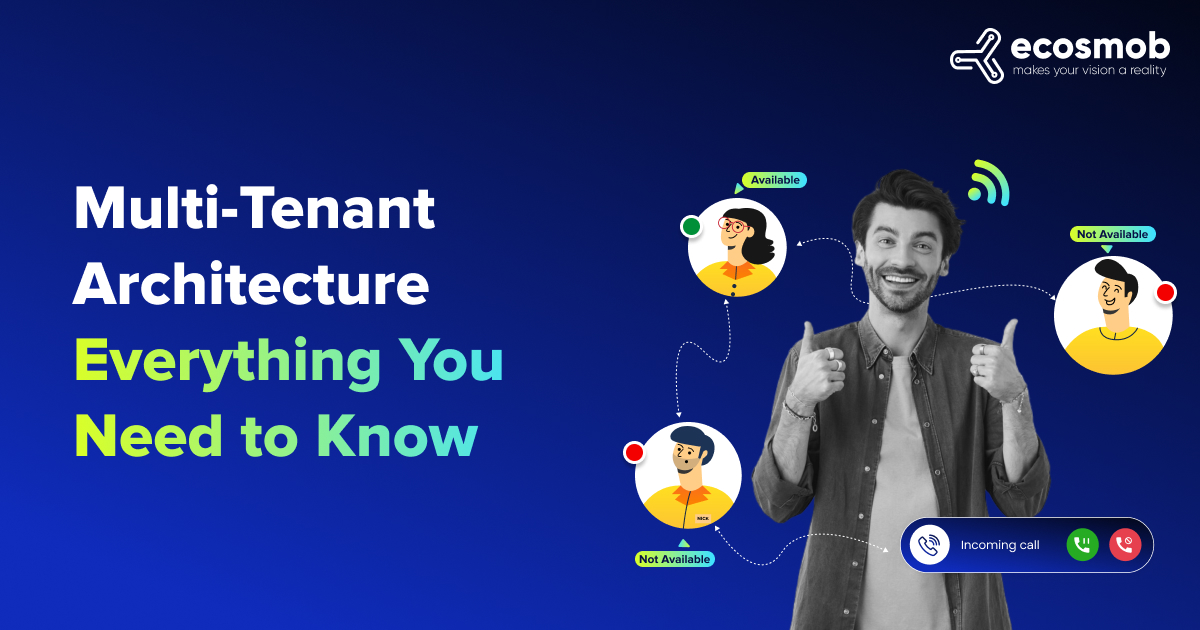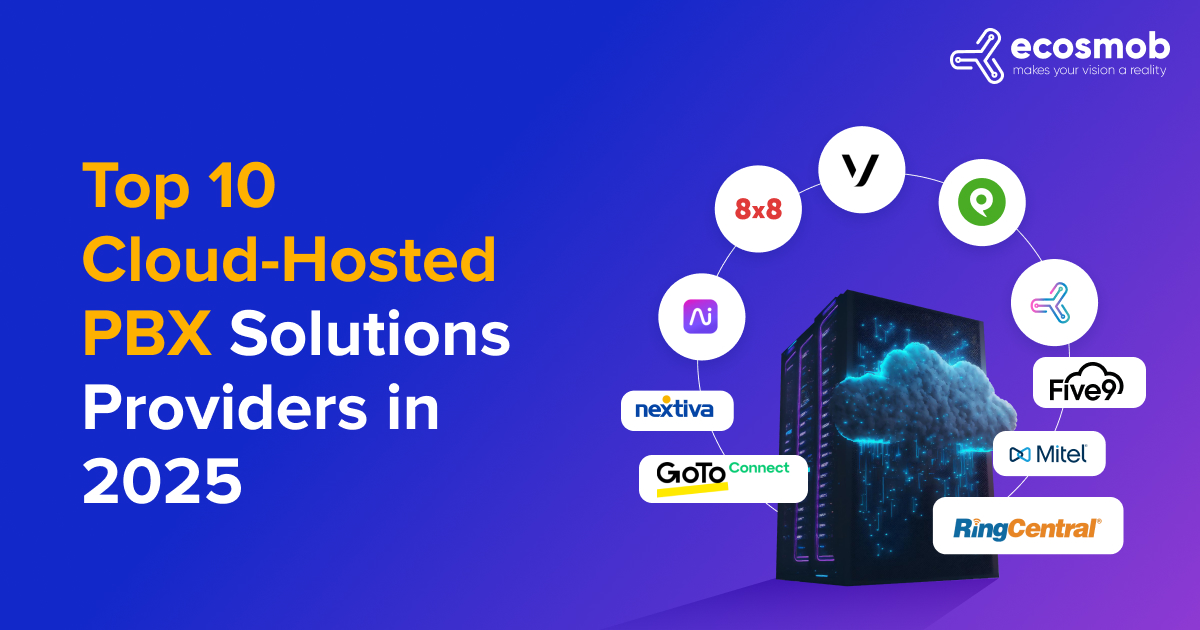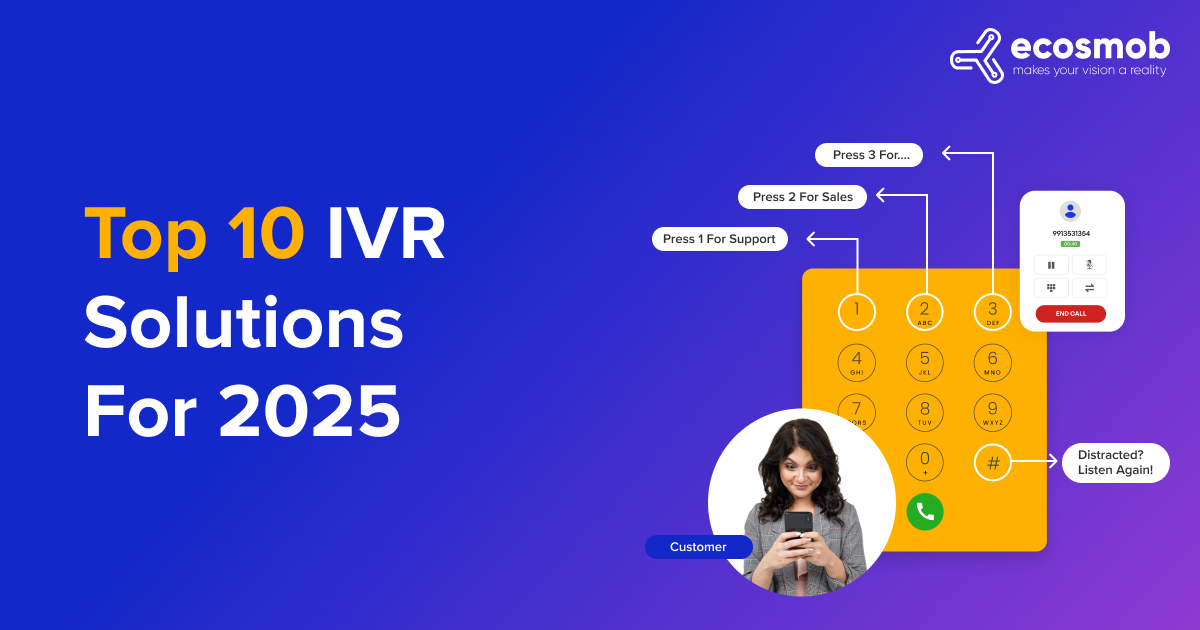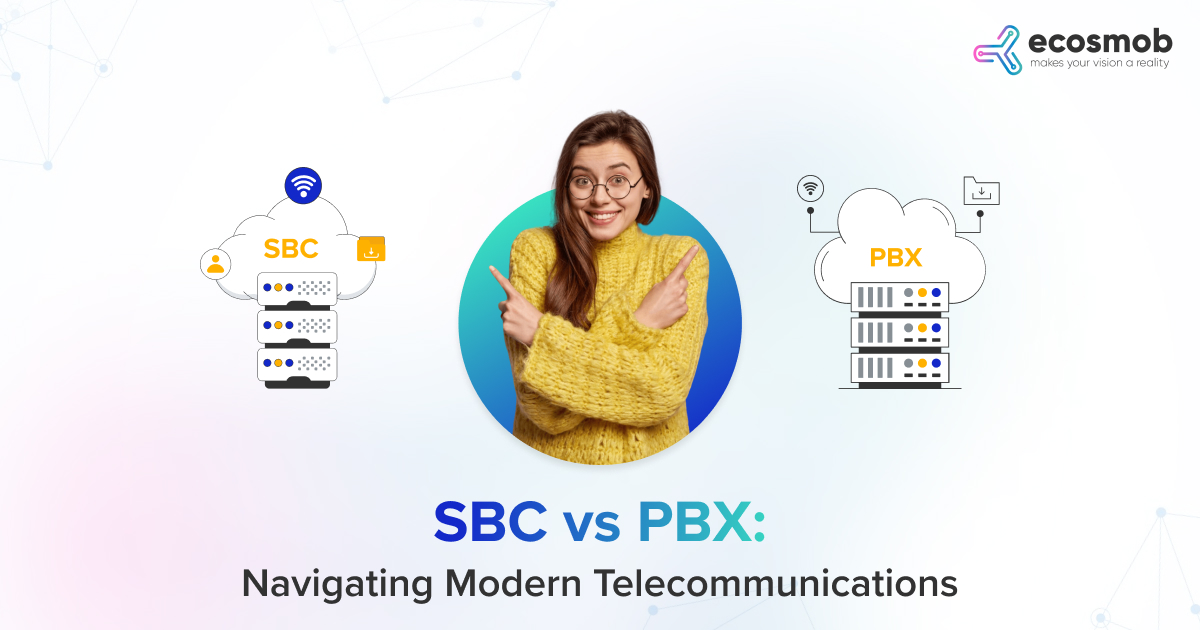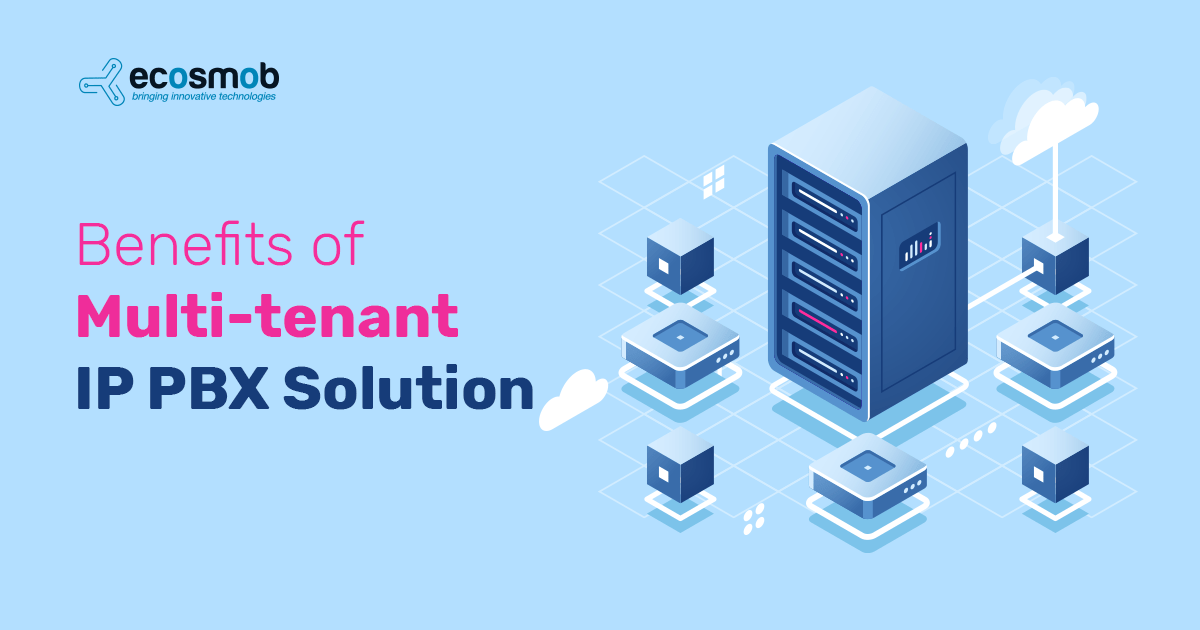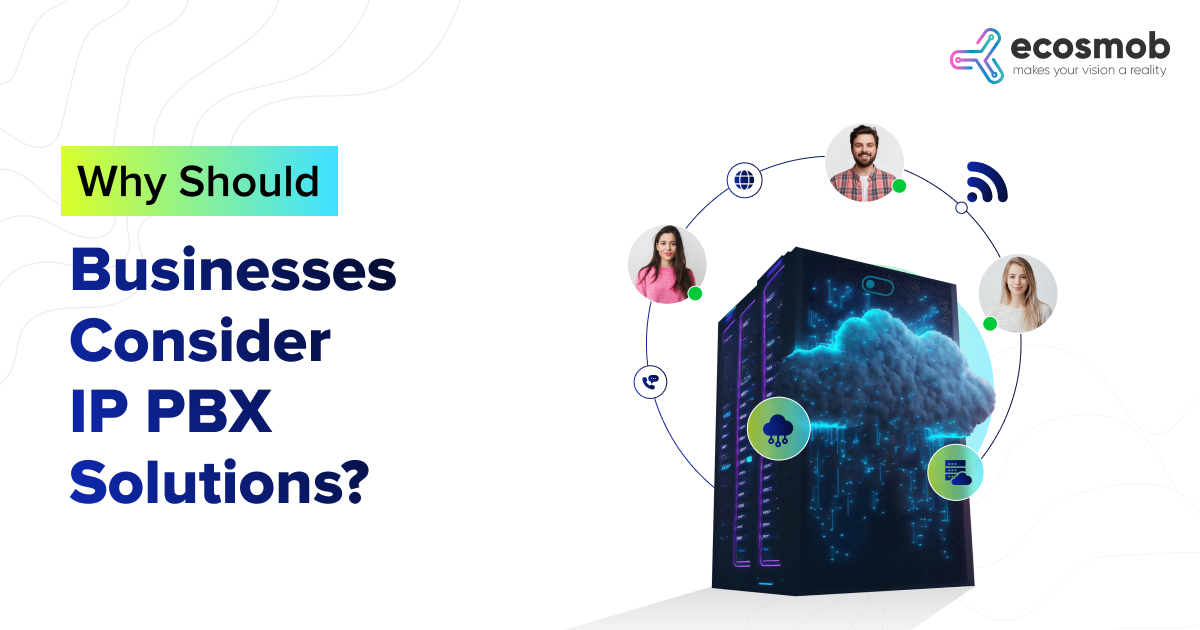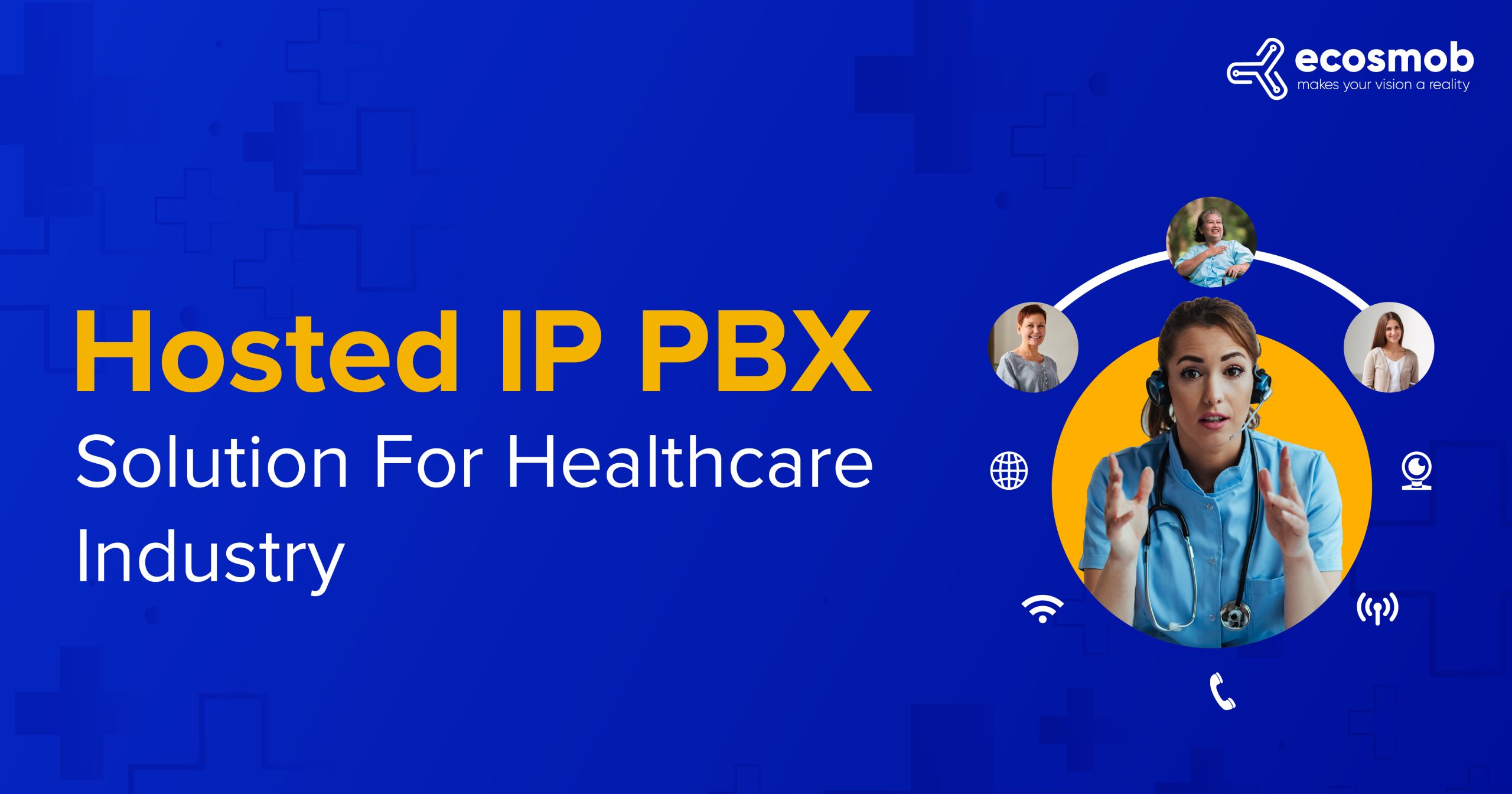QUICK SUMMARY
Whether you want to maximize call volume or provide individualized client experiences, you will need to determine which predictive dialer to use: progressive or predictive. This guide breaks down each option to help you select the best dialer for your business with a comprehensive comparative analysis.
You’re managing a call center, and your goal is to maximize agent productivity while keeping customers engaged.
You’ve likely heard the terms “Predictive dialer” and “Progressive dialer” thrown around when discussing enhancing call efficiency. These are among the most celebrated features of Unified communications. Unified communications systems offer a range of advanced features designed to streamline communication workflows and improve agent productivity. Understanding the distinctions between these dialers can significantly impact how effectively your call center or sales team operates.
But here’s the catch – you need to choose the right dialing system. Predictive or Progressive?
Which one truly delivers the best results?
If you’ve been scratching your head over this, don’t worry. We’re about to break it down in the simplest way possible so you can make an informed choice!
Switch Now and Save 30%!
What is a Progressive Dialer?
A progressive call dialer for call center starts a call when an agent is available. It methodically calls numbers from a list without manual dialing so agents can have fruitful discussions. By waiting for the current call to end before calling the following number, Progressive dialers adopt a more measured approach than Predictive dialers, which employ algorithms to predict agent availability. It keeps calls from being dropped and allows for more efficient and managed calling.
How Does Progressing Dialing Work?
The Progressive dialer software uses an agent-first approach. It focuses on bridging the gap between efficiency and quality of customer interaction by minimizing wait times and reducing the risk of customer hang-ups. When an agent ends a call, the system automatically selects the following contact from the list and initiates the call. This process ensures that every dialed call has an available agent, reducing instances where a live customer picks up but no agent is present to engage.
In essence, Progressive dialing offers a balanced automation strategy that maintains high agent productivity while improving the customer experience. It’s beneficial in environments where compliance, call quality, and agent control are prioritized over sheer volume. This approach enhances operational efficiency and fosters meaningful customer connections. Businesses can build stronger customer relationships while ensuring agents are consistently available for each call while adhering to compliance standards.
What are the Benefits of Progressive Dialing?
A Progressive auto dialer offer several key benefits that make them an optimal choice for call centers aiming to boost efficiency while maintaining quality –
1. Enhanced Customer Experience
Progressive dialing ensures that a live agent is always ready to engage when a call is answered, eliminating “dead air” and automated messages. It not only enhances customer satisfaction but also builds trust from the very first interaction.
2. Reduced Abandoned Calls
Progressive dialers significantly reduce the likelihood of abandoned calls by only dialing when an agent is available. This customer-friendly feature helps them comply with industry regulations regarding call abandonment rates.
3. Increased Agent Preparedness
Progressive auto dialer equip agents with customer information before the call connects. It empowers them to have more informed, personalized conversations, enhancing the overall customer experience and potentially driving higher conversion rates.
4. Regulatory Compliance
Given their focus on dialing one number at a time when an agent is ready, Progressive dialers align well with various regulatory standards. They are a safer option for industries where strict compliance is crucial.
5. Cost-Effectiveness
While more rapid than Predictive dialing, Progressive dialing balances efficiency and quality. It makes it a cost-effective solution for businesses that seek to improve operations without compromising customer relations.
Progressive dialing strikes a balance between efficiency and customer experience. It enables smoother conversations, lowers the chances of abandoned calls, and ensures agents are well-prepared, all while adhering to compliance requirements. For businesses seeking to optimize call center operations without compromising quality or customer satisfaction, Progressive dialing presents a compelling, cost-effective choice supporting performance and regulatory needs.
What is a Predictive Dialer?
A call center Predictive dialer is an advanced call automation system used in high-volume call centers. It uses Predictive analytics and complex algorithms to dial multiple numbers simultaneously based on real-time data such as agent availability, call success rates, and average call duration. Predictive dialing aims to maximize agent talk time and minimize idle periods by ensuring that agents are constantly engaged.
How Does Predictive Dialing Work?
So now that we know what is predictive dialing, let’s see how it works. The main feature of the VoIP predictive dialer software is its capacity to forecast when an agent will be available to answer the next call. It utilizes algorithms to predict when agents will complete their conversations and place outbound calls in advance. If a call is answered, the system instantly routes it to an available agent. If a call goes unanswered, reaches voicemail, or hits a busy line, it moves on to the following number.
This efficiency-driven approach helps call centers maximize their reach, quickly connect with more customers, and significantly improve the bottom line. However, this speed comes with trade-offs, as Predictive dialing can sometimes result in abandoned calls or compliance issues if not properly managed.
What are Some Predictive Dialer Benefits?
A VoIP Predictive dialer software can transform call center efficiency, offering several advantages that elevate both performance and Productivity:
1. Maximized Agent Productivity
Predictive dialing keeps agents constantly engaged by predicting their availability and dialing multiple numbers simultaneously, significantly increasing the number of calls they can handle.
2. High Call Volume
Predictive dialing is ideal for large-scale campaigns, allowing businesses to reach a vast audience quickly. It’s the go-to solution for telemarketing and mass communication efforts.
3. Efficient Resource Utilization
Predictive dialing optimizes agent utilization, reducing idle time and maximizing the return on investment for call center operations.
4. Advanced Call Analytics
Many call center Predictive dialer have features that track performance metrics, such as call duration, success rates, and agent efficiency. This data-driven approach helps managers fine-tune strategies and boost overall Productivity.
Incorporating Predictive dialing into call center operations streamlines communication efforts and enhances overall efficiency and results. With real-time analytics and optimized agent productivity, businesses can achieve higher customer reach and more significant ROI, making Predictive dialers an invaluable tool for large-scale outreach.
Progressive Dialer vs. Predictive Dialer – Key Differences
When comparing Predictive dialers vs Progressive dialers, it’s essential to recognize their unique functionalities and use cases. Here’s a detailed comparison to help you determine which system is better suited for your business.
1. Dialing Strategy
A Progressive dialer software dials one contact at a time when an agent is free. However, the Predictive dialer calls multiple numbers simultaneously, aiming to reduce agent downtime.
- Progressive Dialer: This method dials one number at a time as soon as an agent becomes available. It follows a sequential calling pattern, ensuring an agent is always ready to speak with the customer upon connection. This method reduces the risk of dropped calls and maximizes call quality.
- Predictive Dialer: Based on Predictive algorithms, this strategy simultaneously dials multiple numbers before agents are free. It aims to reduce idle time by ensuring constant calls to agents, often resulting in higher call volumes. However, this aggressive strategy can lead to abandoned calls if no agent is free when a call connects.
2. Call Quality and Control
Progressive dialing gives agents time to prepare for each call, leading to quality conversations, whereas Predictive dialing focuses on speed, often resulting in faster but less tailored interactions.
- Progressive Dialer: It emphasizes call quality and agent control. Since it dials one number at a time only when an agent is free, it has sufficient time to review the customer’s information before engaging, leading to more meaningful and personalized interactions.
- Predictive Dialer: Prioritizes speed over call quality. While agents may handle more calls, the rapid dialing process often means they have less time to review customer information before engaging. It can lead to a more scripted or less personalized interaction, affecting customer satisfaction.
3. Agent Productivity
Progressive dialers ensure a steady and manageable call flow for agents. Predictive dialers boost agent activity by minimizing idle time and increasing call volume.
- Progressive Dialer: This dialer balances agent productivity with customer experience. Methodical dialing ensures that agents are engaged in conversations while avoiding scenarios where a customer answers without an agent ready to talk. It maintains a steady call flow without overwhelming the agents.
- Predictive Dialer: This optimizes agent productivity by minimizing idle time. Agents are constantly engaged in calls, which can significantly boost their performance metrics. However, if not managed carefully, this can lead to occasional dropped calls and customer dissatisfaction.
4. Compliance and Regulations
A Progressive dialer system stays compliant by minimizing abandoned calls. However, Predictive dialers need careful management to keep within legal limits for call abandon rates.
- Progressive Dialer: More compliant with regulations like TCPA (Telephone Consumer Protection Act) since it reduces the number of abandoned calls and ensures an agent is always present when a call connects. It is ideal for industries with strict compliance requirements, such as finance and healthcare.
- Predictive Dialer: Requires careful management to comply with regulations. The simultaneous dialing approach can result in more abandoned calls, which might lead to fines and penalties if they exceed the permissible limit. VoIP Predictive dialers often include compliance features, but the risk remains higher than Progressive dialers.
5. Suitability
Progressive dialers are great for focused, personalized outreach. Predictive dialers, however, work best for high-volume campaigns needing quick contact with many customers.
- Progressive Dialer: Best suited for small to medium-sized call centers, B2B sales, customer support, and industries where compliance and quality are critical. It’s particularly effective for campaigns that require personalized interactions, such as follow-ups, account management, and customer surveys.
- Predictive Dialer: This is ideal for high-volume outbound call campaigns, such as telemarketing, debt collection, political campaigns, and large-scale surveys through IVR. It’s designed for environments where the goal is to quickly maximize agent talk time and contact as many customers as possible.
Ultimately, both Progressive and Predictive dialers serve unique purposes in optimizing call center operations. Knowing how each dialer works will guide you toward the most effective solution for your business goals and growth, whether your priority is high-quality customer interactions or maximizing call volume.
If the detailed differences bore you, here is a tabular form to give you a sneak peek at Predictive vs progressive dialer.
| Feature | Predictive Dialers | Progressive Dialers |
| Dialing Method | Automatically dials multiple numbers at once based on algorithmic predictions of agent availability. | Dials one contact at a time only when an agent is available. |
| Call Ratio | High call-to-agent ratio; can dial multiple lines per agent. | Controlled call-to-agent ratio; usually one-to-one. |
| Efficiency | High efficiency in high-volume settings; reduces idle time. | Lower efficiency but ensures better control over call flow. |
| Agent Interaction | Agents may have less preparation time between calls. | Agents have time to prepare between calls, enhancing personalized service. |
| Best Suited For | Suitable for large-scale telemarketing campaigns where efficiency is prioritized. | Ideal for smaller teams or detailed customer service where quality is prioritized. |
| Risk of Abandoned Calls | Higher risk due to aggressive dialing patterns. | Lower risk as each call is made respecting agent availability. |
| Customer Experience | Can potentially lead to a negative customer experience due to abrupt agent connection. | Generally more positive as each call is handled with attention. |
| Compliance | Higher risk of compliance issues due to the nature of dialing and potential call drops. | Lower compliance risks, more control over call norms. |
| Cost | Cost-effective for large operations due to higher agent utilization. | Potentially higher costs per call due to lower contact rates per hour. |
| Technology Integration | Often requires sophisticated algorithms to predict agent availability and call timing. | Simpler technology that dials based on explicit agent action. |
Progressive Dialer and Predictive Dialer – Which One Suits You Best?
The choice between progressive and predictive dialer largely depends on your campaign’s nature and business objectives.
- If your priority is maximizing call volume and increasing efficiency, Predictive Dialer is your best bet.
- If you value quality over quantity and need to focus on customer experience, Progressive Dialer is the way to go.
- Hybrid Approach? – Some businesses use both, leveraging predictive dialers for sales and progressive dialers for customer support.
Integration with VoIP Systems
Both Progressive and Predictive dialers can integrate seamlessly with VoIP Predictive dialer systems, enhancing call center efficiency and reducing costs. A VoIP integration allows for high-quality voice connections over the internet, supporting remote agents and ensuring a smooth calling experience.
By using a VoIP predictive dialer, businesses can leverage advanced features such as call recording, real-time communications monitoring, and detailed reporting while saving on traditional telephony costs. A VoIP system can provide an ideal balance of efficiency, compliance, and customer-centric operations when combined with a progressive dialer.
Wrapping Up
There’s no one-size-fits-all answer here. It all boils down to your business goals, team size, and customer expectations.
Some businesses even use a mix of both to strike the perfect balance!
Still unsure? Why not test our Ecosmob dialer solutions and see which one aligns with your needs? After all, the best dialer is the one that helps you achieve your goals without compromising on quality.
Don't Miss Out—Upgrade Today and Boost Productivity by 50%!
FAQs
What is a Predictive dialer?
A Predictive dialer is an automated system used in call centers that uses algorithms to dial multiple numbers simultaneously, connecting agents only when a call is answered, maximizing efficiency.
What are the advantages of a call center Predictive dialer?
A call center Predictive dialer boosts agent productivity, minimizes idle time, and efficiently connects agents with live calls, making it ideal for large-scale outreach campaigns.
Can a VoIP Predictive dialer improve my call center's performance?
Yes, a VoIP Predictive dialer integrates seamlessly with internet-based calling, reducing costs, enhancing call quality, and providing real-time analytics to optimize performance.
What is the main difference between Predictive and Progressive dialers?
A Predictive dialer focuses on high efficiency by dialing multiple numbers simultaneously, while a Progressive dialer emphasizes call quality by dialing one contact at a time when an agent is free.
How do Predictive dialers ensure compliance with regulations?
Predictive dialers often have settings to limit the number of abandoned calls and ensure they comply with laws like the TCPA. However, they must be carefully managed to avoid legal risks.
Can a VoIP Predictive dialer be customized for different business needs?
Yes, VoIP Predictive dialers are highly flexible and can be tailored to suit various call center needs, from campaign type and volume to call analytics, improving overall efficiency and scalability.





